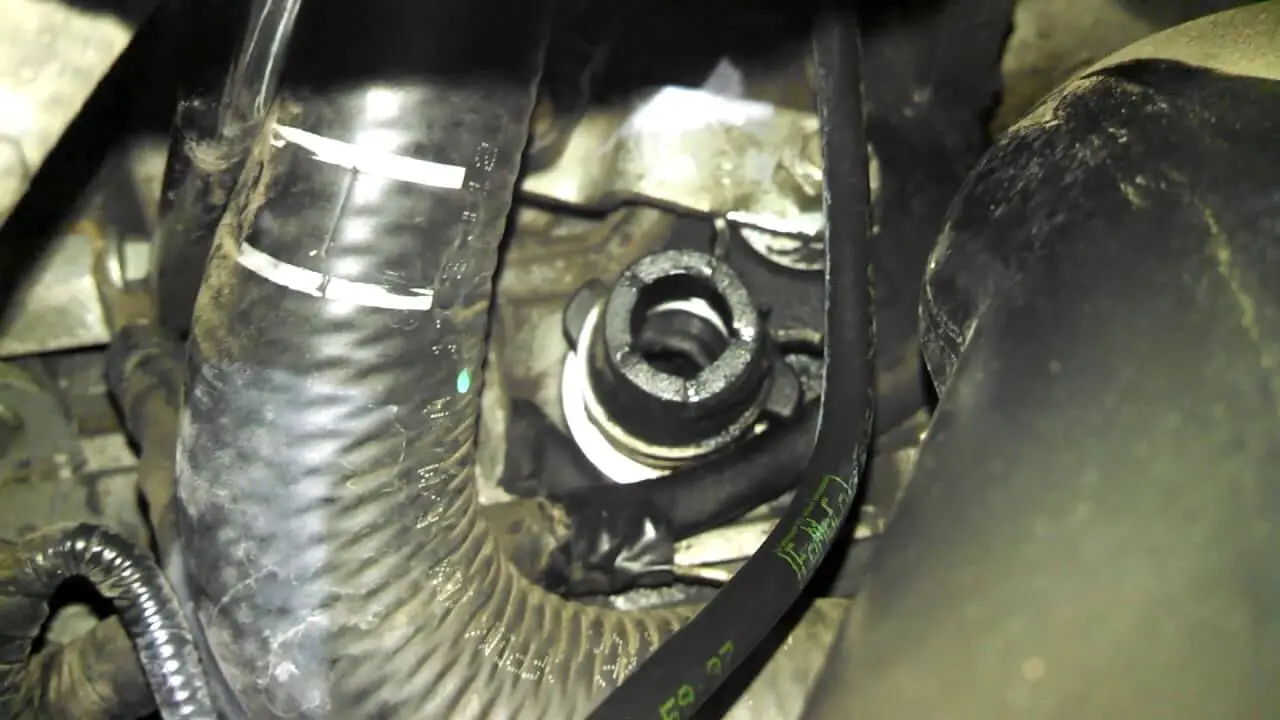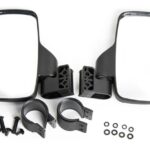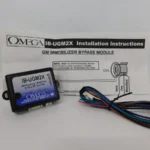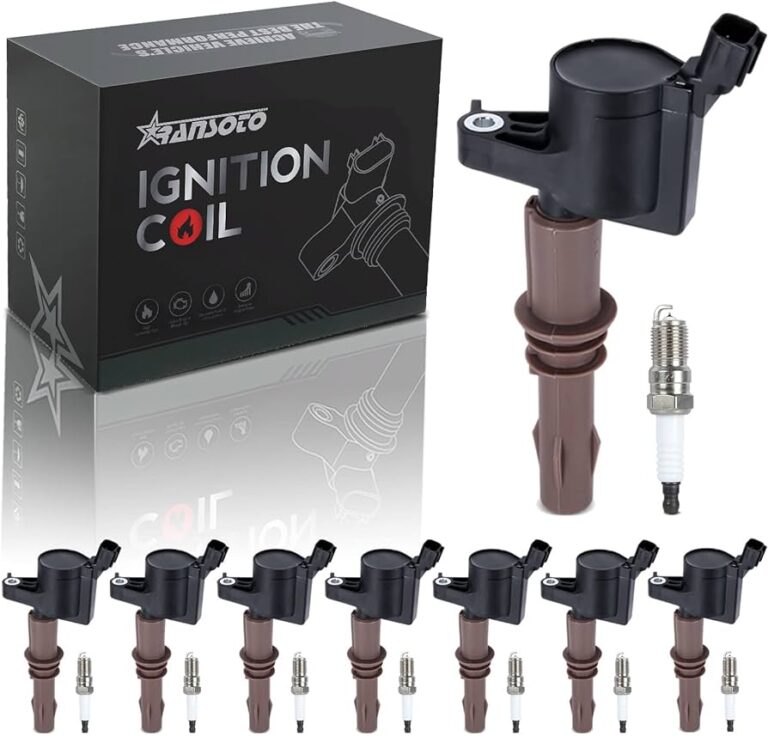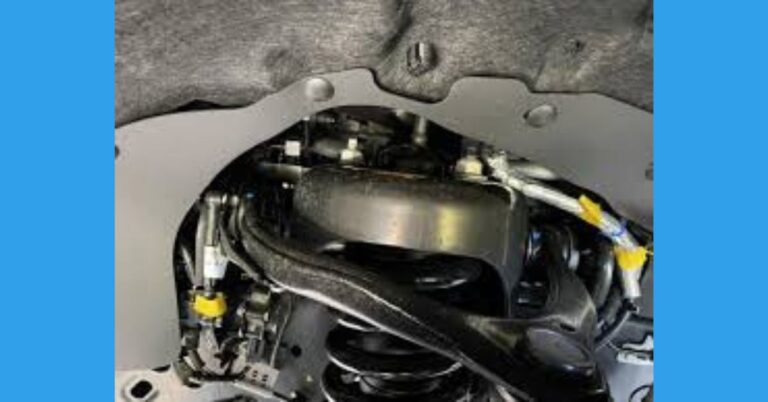How to Add Transmission Fluid to a 2015 Ford Escape
To add transmission fluid to your 2015 Ford Escape, first, park on a level surface, find the dipstick and fill port, check levels, add fluid gradually, recheck, and ensure it’s between “Full” and “Add” marks for smooth performance.
Transmission fluid is the lifeblood of your vehicle’s transmission system, ensuring smooth gear shifts and preventing excessive wear and tear. If you drive a 2015 Ford Escape, it’s crucial to maintain the right transmission fluid levels to keep your vehicle running smoothly. In this guide, we’ll take you through the step-by-step process of how to add transmission fluid to a 2015 Ford Escape.
Importance of Transmission Fluid
Before we dive into the practical steps, let’s understand why transmission fluid is so important. Your vehicle’s transmission is a complex mechanical system that relies on transmission fluid to perform several critical functions:
- Lubrication: Transmission fluid lubricates the various components of the transmission, reducing friction and preventing excessive heat buildup.
- Cooling: It helps in cooling the transmission by dissipating heat generated during operation.
- Cleaning: Transmission fluid also acts as a cleaning agent, removing dirt and debris that can accumulate inside the transmission.
- Sealing: It maintains the integrity of seals and gaskets, preventing leaks and ensuring the transmission stays airtight.
Signs of Low Transmission Fluid
Recognizing the signs of low transmission fluid is essential to catch potential issues early. Here are some common indicators:
Slipping Gears: If your transmission frequently slips out of gear or has trouble staying in gear, it could be due to low transmission fluid.
Rough Shifting: Jerky or rough gear shifts are a telltale sign of transmission problems, often caused by inadequate fluid levels.
Unusual Noises: Whining or clunking noises coming from your transmission could indicate low fluid levels, as insufficient lubrication can lead to increased friction.
Warning Lights: Modern vehicles are equipped with warning lights that may illuminate if the transmission fluid is critically low. Don’t ignore these warnings.
Now that we understand the importance of transmission fluid and how to recognize low levels, let’s get into the process of adding transmission fluid to your 2015 Ford Escape.
Safety Precautions
Safety should always be your top priority when working on your vehicle. Here are some essential precautions to take before you begin:
- Protective Gear: Wear safety goggles and gloves to shield yourself from potential splatters or spills.
- Vehicle Preparation: Ensure your Ford Escape is parked on a level surface and turned off. Engage the parking brake and chock the wheels to prevent any unintended movement.
- Safety First: Jacking Up the Car: If you need to access the transmission components underneath the vehicle, use proper jack stands to support it securely. Never rely solely on a hydraulic jack.
Gathering the Tools and Materials

Before you start adding transmission fluid, make sure you have the necessary tools and materials on hand:
- A funnel
- A clean rag or paper towels
- The appropriate transmission fluid (check your owner’s manual for specifications)
- A transmission fluid pump (optional but recommended for precision)
Locating the Transmission Fluid Dipstick and Fill Port
To add transmission fluid, you’ll need to locate the transmission fluid dipstick and the fill port:
Finding the Dipstick: The dipstick is typically located toward the back of the engine compartment. It may be labeled “Transmission” or have a distinctive handle color, such as red or yellow.
Identifying the Fill Port: The fill port is usually a small tube or cap located near the dipstick. Consult your owner’s manual for its exact location if you’re unsure.
Checking the Current Transmission Fluid Level
Before adding more fluid, it’s crucial to check the existing fluid level to ensure you don’t overfill. Here’s how to do it:
- How to Read the Dipstick: Start by pulling out the transmission fluid dipstick. Wipe it clean with a rag or paper towel. Reinsert the dipstick fully, then pull it out again.
- Interpreting Fluid Levels: On the dipstick, you’ll find two marks: “Full” and “Add.” The fluid level should be between these two marks when the engine is warm and running. If it’s below the “Add” mark, you need to add more fluid.
Adding Transmission Fluid
Now that you’ve confirmed your transmission fluid is low, it’s time to add more. Follow these steps carefully:
- Removing the Dipstick: Take out the dipstick once more and set it aside.
- Using a Funnel: To prevent spills, place a funnel into the fill port.
- Pouring the Fluid: Slowly pour a small amount of transmission fluid into the funnel. Use caution not to overfill. It’s better to add a little at a time and check the level frequently.
- Monitoring Fluid Levels: After adding a small amount of fluid, wait a moment for it to settle in the transmission. Then, recheck the fluid level using the dipstick.
- When to Stop Adding Fluid: Continue adding fluid in small increments until the level reaches the “Full” mark on the dipstick. Be patient, as it’s easy to overfill, which can lead to other transmission problems.
Replacing the Dipstick and Final Checks
Once you’ve reached the correct fluid level, it’s time to wrap up the process:
Reinserting the Dipstick: Carefully reinsert the dipstick fully into its tube.
Checking for Leaks: Look underneath the vehicle to ensure there are no leaks or drips around the transmission area. If you spot any, address them promptly.
Starting the Vehicle: Start your Ford Escape and allow it to run for a few minutes. This helps the new fluid circulate through the transmission.
Rechecking Fluid Levels: Turn off the engine, wait a minute, and then check the fluid level once more. It may have changed slightly after the circulation. Adjust as needed to ensure it remains within the “Full” and “Add” marks.

Recap of the Steps
- Understand the importance of transmission fluid.
- Recognize signs of low transmission fluid.
- Prioritize safety precautions.
- Gather the necessary tools and materials.
- Locate the transmission fluid dipstick and fill port.
- Check the current fluid level.
- Add transmission fluid incrementally.
- Replace the dipstick and conduct final checks.
Importance of Regular Transmission Maintenance
Regularly adding transmission fluid is just one part of transmission maintenance. To ensure the longevity of your Ford Escape’s transmission, consider having it professionally serviced at recommended intervals. This includes fluid changes, filter replacement, and comprehensive inspections.
Troubleshooting Tips for Transmission Issues
If you continue to experience transmission problems or suspect more significant issues, it’s best to consult a qualified mechanic or service center. Ignoring transmission issues can lead to costly repairs down the road.
Conclusion
Taking care of your vehicle’s transmission is a vital aspect of automotive maintenance. By following the steps outlined in this guide and staying proactive about transmission fluid levels, you can keep your 2015 Ford Escape running smoothly for years to come. Remember, a well-maintained transmission leads
FAQ
Where do you check the transmission fluid in a 2015 Ford Escape?
You check the transmission fluid in a 2015 Ford Escape by locating the transmission dipstick and checking the fluid level according to the marks on the dipstick.
What transmission fluid does a 2015 Ford Escape take?
A 2015 Ford Escape typically takes automatic transmission fluid (ATF) that meets the specifications outlined in the owner’s manual. Check your manual for the specific type and brand recommended.
Where do you add transmission fluid?
You add transmission fluid through the transmission fluid fill port, which is usually located near the transmission dipstick. Refer to your owner’s manual for its exact location.
Can you add transmission fluid yourself?
Yes, you can add transmission fluid yourself, following the correct procedure outlined in your owner’s manual. However, it’s important to follow safety precautions and use the recommended type of transmission fluid.

